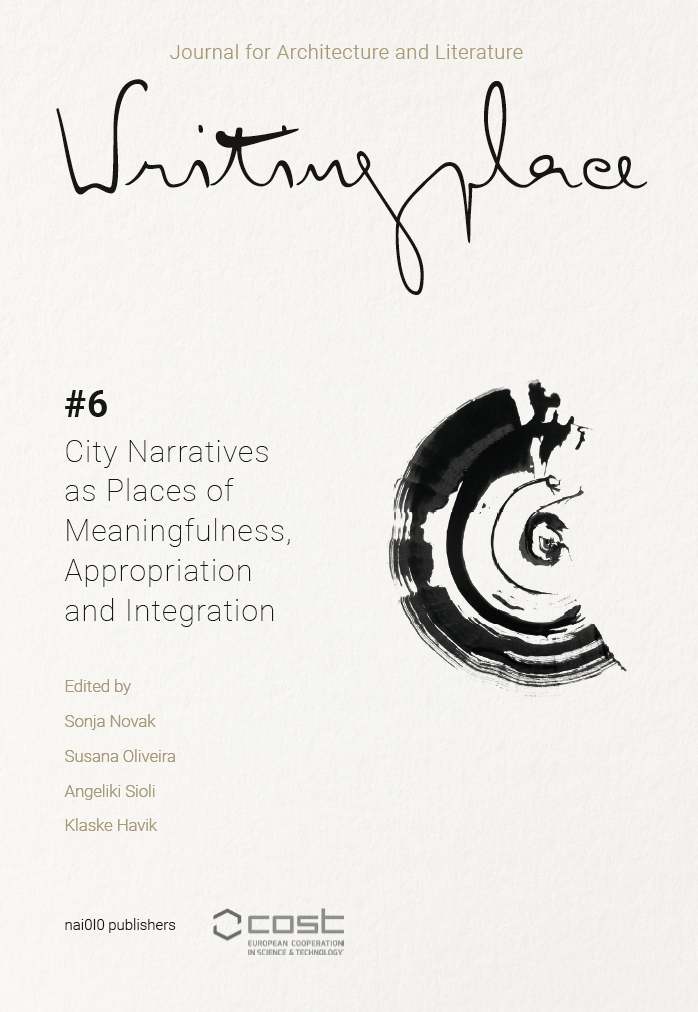A Walk to the Cherwell River Meadows
(Meaningfulness and) the Perceivable Form of the Urban Landscape
DOI:
https://doi.org/10.7480/writingplace.6.6351Abstract
In order to generate insights on the role of perceivable form, this article presents an excursion to Oxford, a mid-size European city with a strong urban identity. By weaving the landscape of the non-traditional architectural ensemble of St Catherine’s College into that of the traditional urban landscape, this paper aims to unfold (the perception of) the physical landscape, beyond the polemics of architectural style, as a generator of meaningfulness. Devoid of the style characteristics that determine our mental image of Oxford but remaining loyal to the programmatic and compositional logic of the Oxford colleges, the ensemble exposes just how much the quality of the physical landscape can affect
References
Steven Kent Peterson, ‘Space and Anti-Space’, Harvard Architecture Review (spring 1980), 88-113.
Dolores Hayden, The Power of Place: Urban Landscapes as Public History (Cambridge, MA, 1995), a.o.
Joy Monice Malnar and Frank Vodvarka, Sensory Design (Minneapolis, 2004), 45.
Peter Smithson, ‘Oxford and Cambridge Walks’, Architectural Design (1976), 332.
Saskia de Wit, Hidden Landscapes: The Metropolitan Garden as a Multi-Sensory Expression of Place (Amsterdam, 2018), 195-196.
Geoffrey Tyack, Oxford: An Architectural Guide (Oxford/New York, 1998), 310.
Arne Jacobsen in an interview by Ole Dreyer in the programme ‘Arne Jacobsen in Oxford’, Danish Broadcasting Corporation, 1969. Cited in: Carsten Thau and Kjelt Vindum, Jacobsen (Copenhagen, 2000), 482-483.
Marc Treib, Meaning in Landscape Architecture & Gardens (Abingdon/New York, 2011), xvii.
Eugene Victor Walter, Placeways: A Theory of the Human Environment (Chapel Hill, NC, 1988), 21.
Downloads
Published
Issue
Section
License
Copyright (c) 2022 Saskia de Wit

This work is licensed under a Creative Commons Attribution 4.0 International License.


